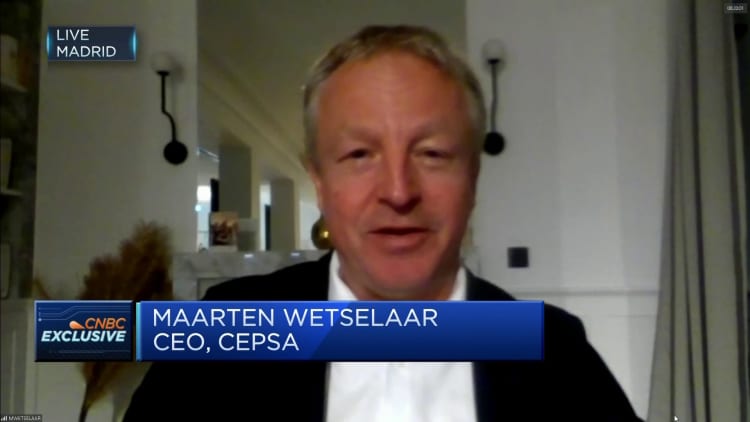
Madrid-headquartered energy firm Cepsa said it would work with the Port of Rotterdam to develop “the first green hydrogen corridor between southern and northern Europe,” in the latest sign of how the emerging sector is attracting interest from major companies and organizations.
In an announcement Tuesday, Cepsa — which is involved in the exploration and production of oil and natural gas — said the project would establish “a green hydrogen supply chain” between the Port of Algeciras in southern Spain and Rotterdam, the Dutch city that’s home to Europe’s largest port.
“The agreement accelerates the decarbonization of heavy industry and maritime transport and supports Europe’s energy independence and security,” the statement, which was also published by the Port of Rotterdam, said.
“The co-operation is part of Rotterdam’s ambition to supply Northwest Europe with 4.6 million tonnes of green hydrogen by 2030,” it went on to add.
The two parties have signed a memorandum of understanding related to the project. Cepsa’s shareholders are The Carlyle Group and Mubadala Investment Company Group.
“Cepsa plans to export hydrogen produced at its San Roque Energy Park near the Bay of Algeciras, through hydrogen carriers such as ammonia or methanol, to the Port of Rotterdam,” Tuesday’s statement said.
The Port of Rotterdam Authority’s CEO, Allard Castelein, said northwest Europe used “far more energy than it can produce in a sustainable way.”
“We are therefore setting up multiple trade lanes for green hydrogen, together with exporting countries and private businesses all over the world,” he added.
Castelein went on to describe Southern Spain as being a “logical location to produce green hydrogen for both local use and export” thanks to its ports, wind, sun and “abundant space.”
“Setting up this trade lane between Algeciras and Rotterdam is a substantial contribution to Europe’s ambition to reduce CO2-emissions as well as increase Europe’s energy independency and stimulate our economies,” he said.
Described by the International Energy Agency as a “versatile energy carrier,” hydrogen has a diverse range of applications and can be deployed in a wide range of industries.
It can be produced in a number of ways. One method includes electrolysis, with an electric current splitting water into oxygen and hydrogen.
If the electricity used in this process comes from a renewable source such as wind or solar then some call it “green” or “renewable” hydrogen. Today, the vast majority of hydrogen generation is based on fossil fuels.
Tuesday’s announcement said Cepsa was aiming to “lead green hydrogen production in Spain and Portugal by 2030 with a production capacity of 2GW.”
It added that it would develop a 7 GW portfolio of renewable energy projects — including solar and wind — to produce the renewable energy required for green hydrogen generation.
Europe’s plans
The European Commission has said it wants 40 GW of renewable hydrogen electrolyzers to be installed in the EU by 2030.
Last month, the commission’s president, Ursula von der Leyen, expressed support for hydrogen during her State of the Union address.
In remarks translated on the commission’s website, von der Leyen said “hydrogen can be a game changer for Europe. We need to move our hydrogen economy from niche to scale.”
In her speech, von der Leyen also referred to a “2030 target to produce ten million tons of renewable hydrogen in the EU, each year.”
“To achieve this, we must create a market maker for hydrogen, in order to bridge the investment gap and connect future supply and demand,” she said.
To this end, von der Leyen also announced the creation of a European Hydrogen Bank. It is hoped this will be able to invest 3 billion euros (around $2.91 billion) to support the future market for hydrogen.
Source: https://www.cnbc.com/2022/10/12/green-hydrogen-project-aims-to-decarbonize-europes-industrial-north.html
